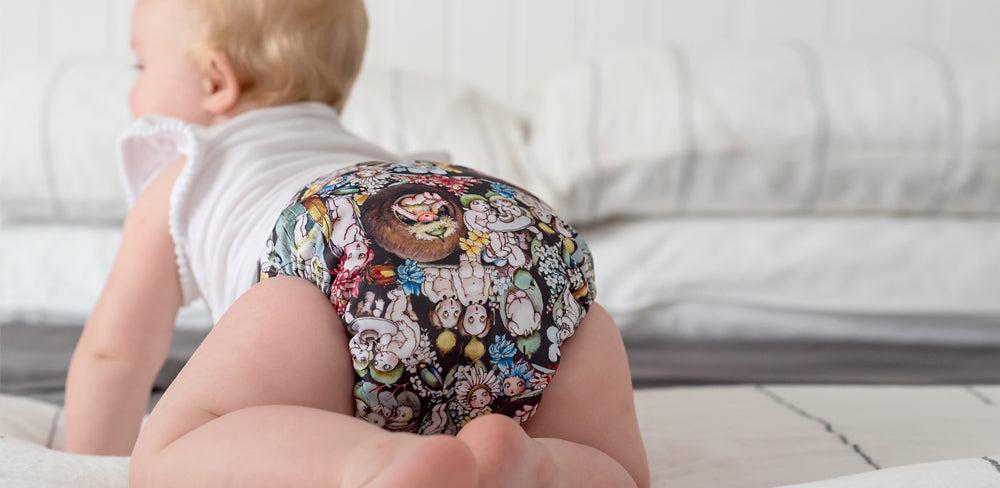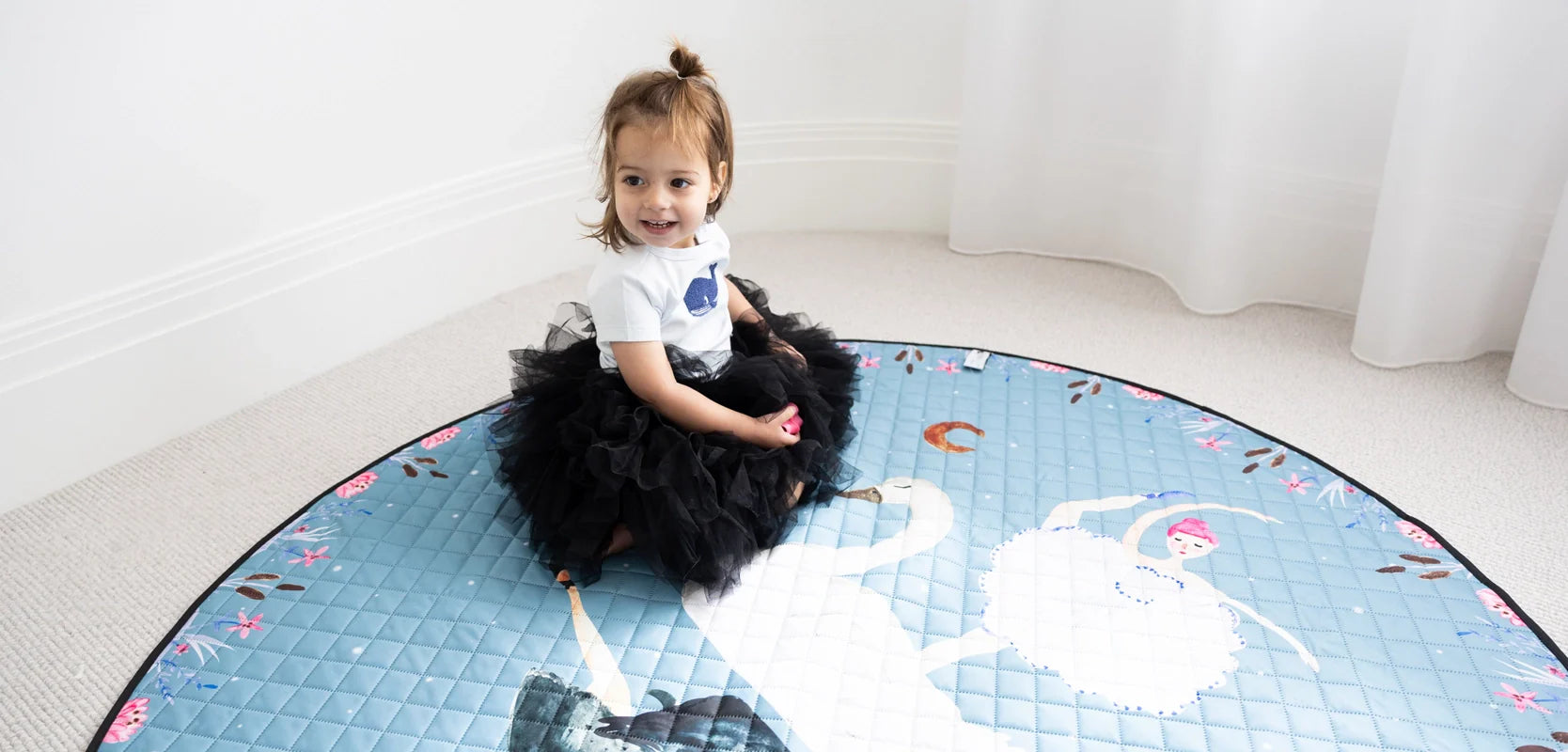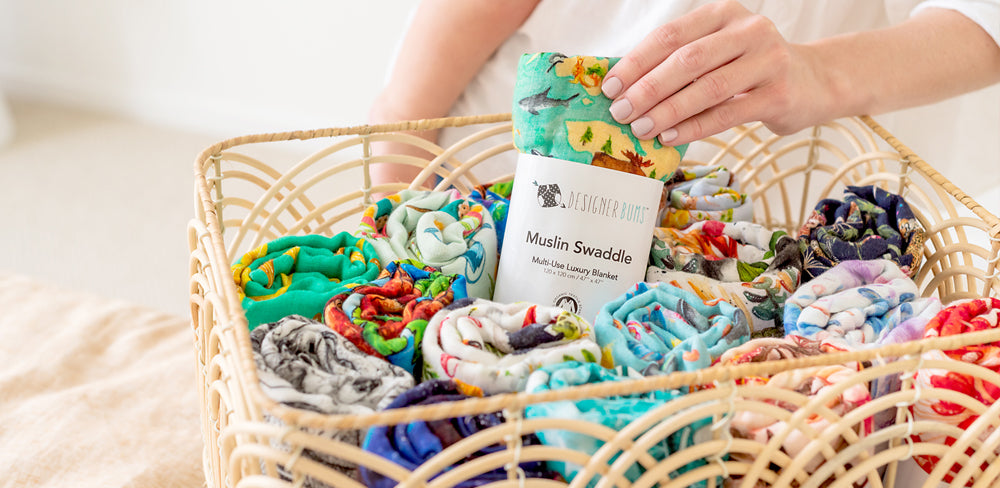What is dry pailing and how do I do it?

Everything you need to know about dry pailing your nappies
Storing your nappies in a dry pail after they are dirty will help to prolong the life of your nappies and keep them in the best condition possible. When you first considered cloth nappies you might have imagined you would be soaking them in big buckets of water and bleach or closing them into a nice airtight bucket. When we talk to new parents in our community group or at expo’s we are often faced with looks of confusion when we mention that dirty nappies should be stored in a dry pail, aka. no soaking. If you happen to have heard about a ‘dry pail’ you may still have some questions about what it is and why we do it.
A ‘dry pail’ is an open container with lots of holes for airflow where you store your Reusable Nappies and wipes. The more airflow the better for reducing smells and keeping your nappies in the best condition.

Why is airflow important for nappies?
Ammonia is anaerobic. This means that when you store your soiled nappies into a low oxygen environment you are creating the perfect conditions for the creation of ammonia from urine as well as other bacteria that thrive in these environments. Ammonia creates smells and will cause small (at first) holes to form in your nappies and over time will lead to larger holes and tearing. Storing your nappies in an open air basket, rather than closing into a bucket or bag, or rolling up and snapping shut will help to prevent smells in your dry pail.
With dry pailing, do you separate the inserts from the shells or just put the whole thing in the basket still stuffed/snapped together
Separating your inserts and shells when you are dry pailing will allow for more airflow around all the parts of your nappy. Separating them when you are dry pailing means that you also save time later and don’t need to do this right before your wash. Separating the components of your nappy for the wash allows for better agitation and cleaning.

Should I rinse my Nappies before placing them into my dry pail?
Newborn poo is water soluble and there is no need to rinse this off prior to dry pailing. If you attempt to do so you will likely end up spreading it around and increasing the wetness of your inserts, making it the perfect breeding ground for bacteria. We recommend placing the Nappy directly into your dry pail.
Once your little one’s poo reaches a firmer consistency (usually after they have started solids) or where they are having quite large poo’s you will want to shake it off into the toilet and/or scrub prior to dry pailing. We recommend removing as much water from the insert as possible before placing it into your pail. You may want to hang it over the edge to dry slightly.
If you are leaving Nappies on your little one for an extended period (over 2 hours) or have a heavy wetter we recommend reducing the urine load in your nappies prior to dry pailing. An increased urine load means that the conversion to ammonia will happen faster and you increase the chances of degrading your nappies. See our FAQ ‘How do I rinse out my nappies if I am using them for nighttime use or for extended periods?’ which details ways to rinse your nappies prior to placing them into your dry pail.
What do you use for a dry pail?
The more holes = the more airflow
- Tall plastic laundry basket with lots of holes
- Trolly with wire or plastic baskets (check regularly to ensure wire options aren’t rusting)
- Wall mounted baskets
What not to use as a dry pail
Options that reduce airflow and/or absorb fluids are not ideal for storing your Nappies as they will promote the growth of bacteria and smells.
X wicker or wooden baskets
X closed buckets
X closed bags
Feel free to send this article to anyone who may still need some convincing that we don’t soak Modern Cloth Nappies.
Further Reading:
If you enjoyed this article you may also want to check out A Beginners Guide to Reusable Nappies where we talk about how many Nappies you need for your stash, how to wash your Cloth Nappies, and how to construct your Cloth Nappies.
Or our article New to Cloth or thinking about converting, where we talk about how often you change nappies, cost considerations including water and power, and nappy rash.
If you are new to exploring Cloth Nappies as an option for your family you might want to check out our Value packs. Value packs are a great way to build your collection and get your hands on our Gold Award Winning Nappies.







